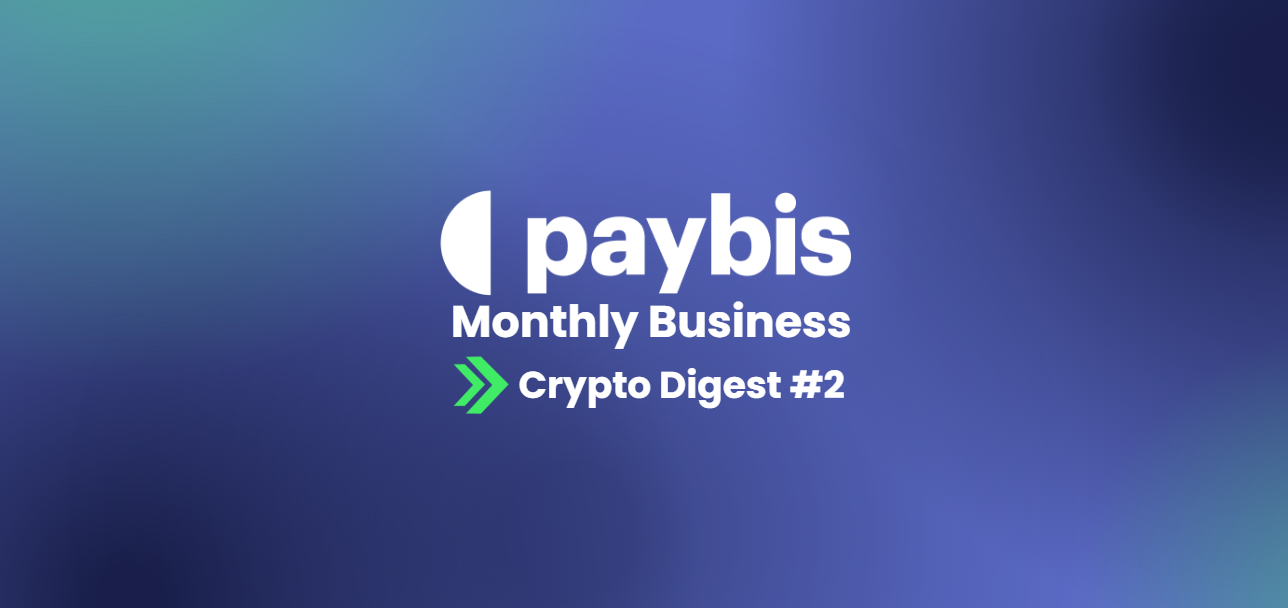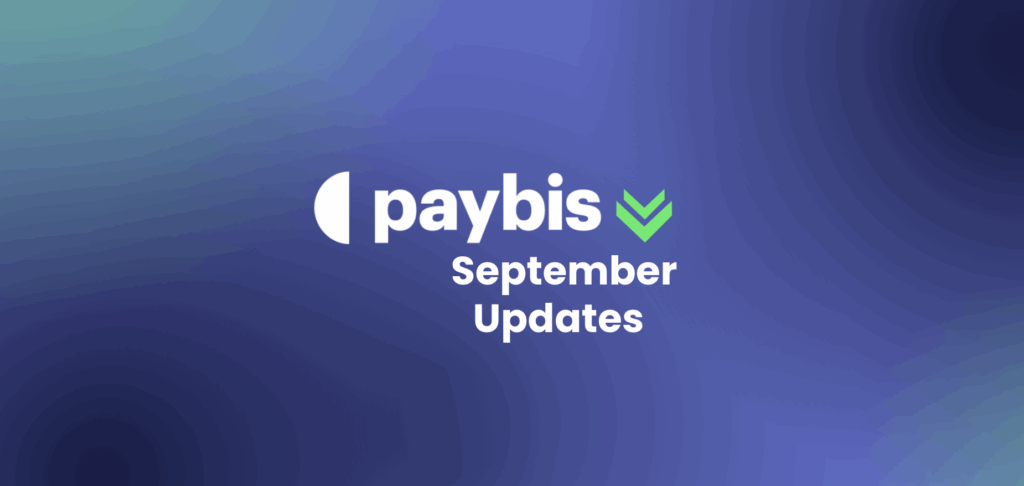Europe and U.S. Speed Up Crypto Integration: June Highlights
From sweeping regulatory advancements in the U.S. to aggressive infrastructure expansion by major players like Coinbase, Stripe, and JPMorgan, recent weeks have delivered some of the most pivotal developments in years.
Here are the tip 11 major milestones shaping the future of digital finance, including sovereign blockchain bonds, institutional stablecoin usage, and regulatory breakthroughs.
Table of contents
- 1. Coinbase Secures MiCA License, Establishes EU Hub in Luxembourg
- 2. Luxembourg Issues €50M Blockchain-Native Treasury Certificate
- 3. Stripe Acquires Privy, Expands into Full-Stack Crypto Infrastructure
- 4. JPMorgan Launches On-Chain Deposit Token on Base
- 5. Shopify Partners with Coinbase and Stripe for USDC Payments
- 6. Walmart and Amazon Explore Stablecoins to Cut Fees
- 7. Fiserv to Launch FIUSD Stablecoin and Digital Asset Platform
- 8. BVNK and LianLian Global Streamline B2B Payments with Stablecoins
- 9. GENIUS Act Passes U.S. Senate, Defining Stablecoin Regulation
- 10. Keeta and SOLO Launch Blockchain-Native Credit Bureau
- 11. Mastercard and Chainlink Power DEX Purchases with Swapper Finance
- Conclusion
1. Coinbase Secures MiCA License, Establishes EU Hub in Luxembourg
Coinbase has officially launched operations in Luxembourg after securing the Markets in Crypto-Assets Regulation (MiCA) license. This move positions Luxembourg as Coinbase’s strategic base for EU expansion and regulatory compliance. With MiCA providing a harmonized legal framework for crypto across the EU, Coinbase can now offer services seamlessly across member states, reinforcing its presence in one of the world’s most promising crypto regions.
2. Luxembourg Issues €50M Blockchain-Native Treasury Certificate
In a historic first, Luxembourg issued a €50 million Digital Treasury Certificate (DTC), a sovereign bond issued entirely on-chain. This marks a turning point in public finance, demonstrating that national debt instruments can be digitally issued, recorded, and managed. The DTC improves efficiency, enhances transparency, and sets a benchmark for future innovation in sovereign finance.
3. Stripe Acquires Privy, Expands into Full-Stack Crypto Infrastructure
Stripe continues its Web3 expansion by acquiring Privy, a startup focused on embedded crypto wallets. This follows Stripe’s earlier acquisition of stablecoin firm Bridge. With Privy, Stripe now offers a complete crypto infrastructure, from fiat onramps to merchant-friendly wallets. This reduces friction for businesses looking to adopt crypto features, placing Stripe in direct competition with native players like Coinbase and WalletConnect.
4. JPMorgan Launches On-Chain Deposit Token on Base
JPMorgan has introduced JPMD, a deposit token launched on Coinbase’s Ethereum Layer‑2 network, Base. Representing 1:1 U.S. dollar deposits, JPMD is an interest-bearing, potentially insured digital asset available exclusively to institutional clients. It enables real-time settlement and cross-border transfers, and it marks JPMorgan’s first foray into permissioned tokens on a public blockchain.
5. Shopify Partners with Coinbase and Stripe for USDC Payments
Shopify has integrated stablecoin payments into its platform through partnerships with Coinbase and Stripe. Merchants can now accept USDC on Base, giving millions of sellers access to fast, low-cost, on-chain payments. This move underscores a growing trend: stablecoins are becoming the go-to solution for global e-commerce settlement.
6. Walmart and Amazon Explore Stablecoins to Cut Fees
Retail giants Walmart and Amazon are reportedly evaluating the use of stablecoins to reduce transaction costs. With stablecoins offering near-instant, low-fee cross-border payments, these corporations could potentially save millions annually, an incentive powerful enough to spark in-house stablecoin initiatives or collaborations with existing issuers.
7. Fiserv to Launch FIUSD Stablecoin and Digital Asset Platform
Global fintech giant Fiserv plans to launch FIUSD, its proprietary stablecoin, along with a digital asset platform by the end of 2025. Integrated into its vast network serving 10,000 institutions and over 6 million merchants, FIUSD will support the mainstream adoption of tokenized payments in both retail and B2B environments.
8. BVNK and LianLian Global Streamline B2B Payments with Stablecoins
BVNK and LianLian Global have launched a cross-border payment service using stablecoins, targeting corporate transactions. The service aims to simplify FX processes, reduce transfer times, and lower fees for enterprises. Early data suggests stablecoins are already facilitating over $36 billion in B2B payments, and the number is expected to grow further.
9. GENIUS Act Passes U.S. Senate, Defining Stablecoin Regulation
In a watershed moment, the U.S. Senate passed the Guiding and Establishing National Innovation for U.S. Stablecoins Act (GENIUS Act) on June 17, 2025. The bill clearly defines “payment stablecoins” as fiat-pegged tokens for settlement, not securities or commodities. It also establishes a federal framework for authorized stablecoin issuers, balancing innovation with financial oversight.
10. Keeta and SOLO Launch Blockchain-Native Credit Bureau
Keeta and SOLO have introduced the first blockchain-native credit bureau, designed for enterprises in the digital asset space. By replacing legacy credit models with transparent, on-chain systems, this new infrastructure aims to build trust and efficiency in decentralized finance (DeFi), institutional lending, and Web3 commerce.
11. Mastercard and Chainlink Power DEX Purchases with Swapper Finance
Mastercard and Chainlink have partnered on Swapper Finance, a solution allowing users to buy crypto directly from decentralized exchanges (DEXs) using Mastercard cards. This breakthrough simplifies access to DeFi markets by integrating traditional payment rails with blockchain liquidity, bringing non-custodial crypto access to a broader audience.
Conclusion
Crypto’s evolution from a niche market to a global financial infrastructure is now in full motion. Regulatory clarity, corporate adoption, and technology convergence are driving mainstream integration at an unprecedented pace.
Whether through stablecoins, on-chain treasury instruments, or user-friendly wallets, the foundation for a blockchain-powered financial system is being laid by both traditional giants and crypto-native innovators.
Disclaimer: Don’t invest unless you’re prepared to lose all the money you invest. This is a high‑risk investment and you should not expect to be protected if something goes wrong. Take 2 mins to learn more at: https://go.payb.is/FCA-Info




